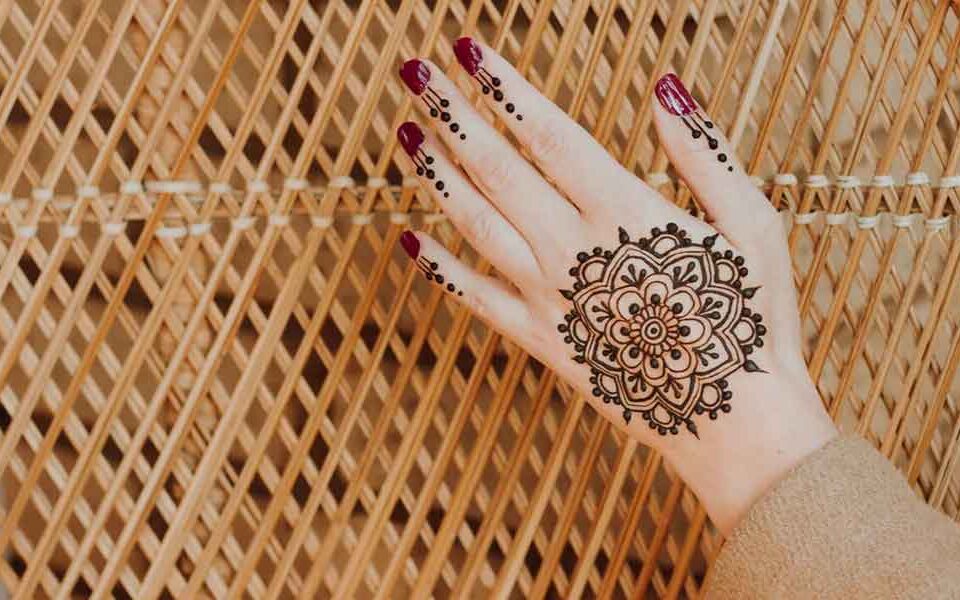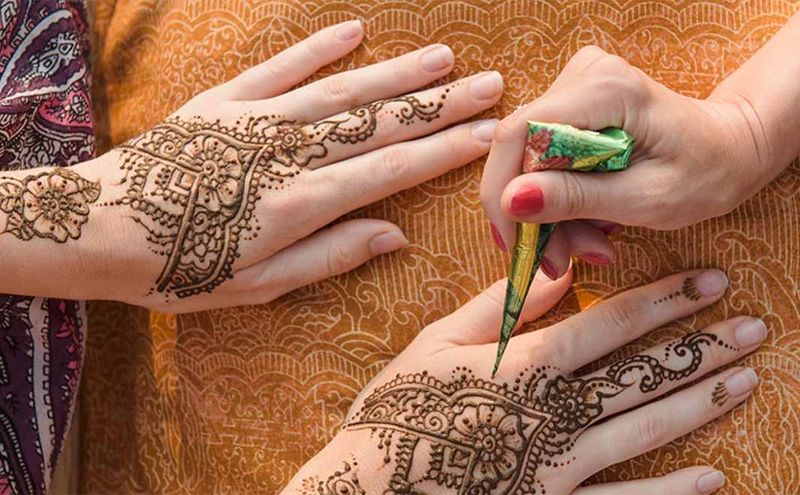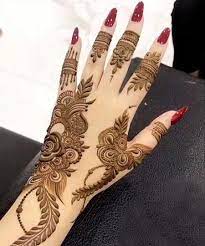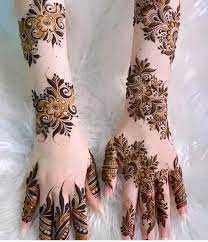
The Role of Henna in Qeshm’s Culture and Art
Qeshm Island, one of the major tourist destinations in southern Iran, boasts a rich culture and unique traditions. One of these traditions is the use of henna for artistic decoration, traditional remedies, and even cosmetic purposes. Historically, women in Qeshm have used henna to adorn their hands and bodies with intricate designs during important ceremonies like weddings and festivals. These designs, often inspired by nature and local geometric patterns, represent a delicate and traditional form of art in the region.

Medicinal Benefits of Henna in Qeshm
In addition to its decorative uses, henna is also known for its medicinal properties in Qeshm. Many locals use henna to treat skin problems, provide cooling effects, and even heal wounds. The antibacterial and cooling properties of henna have made it a popular remedy in traditional medicine.

Henna and Cultural Tourism in Qeshm
With the growth of tourism in Qeshm, this traditional art has gained the attention of both domestic and international visitors. Watching the process of applying henna to the hands and feet of local women is a fascinating experience for many tourists. Some visitors even choose to have these beautiful designs applied to their own bodies, turning this cultural practice into a unique attraction.

Qeshm Takhfifan and Traditional Henna Experience
If you're interested in experiencing this beautiful art, you can easily find discounted cultural and beauty packages on the Qeshm Takhfifan website. Many beauty salons and cultural centers in Qeshm offer henna design services at special prices. Additionally, you can join cultural and tourism tours introduced by Qeshm Takhfifan to explore the island’s traditional arts and get a closer look at this beautiful local culture.

Given the significance of henna in Qeshm’s culture and art, Takhfifan provides you with the opportunity to enjoy not only the island’s natural beauty but also its traditional arts, like henna design.


